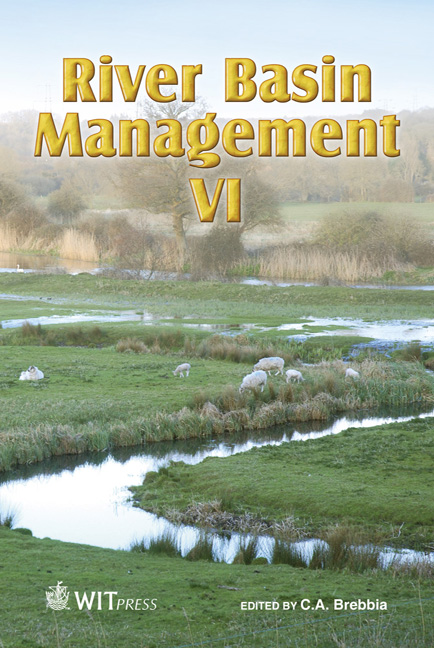Detecting Areas Of Vegetation Change In The Densu River Basin, Ghana
Price
Free (open access)
Transaction
Volume
146
Pages
12
Page Range
37 - 48
Published
2011
Size
995 kb
Paper DOI
10.2495/RM110041
Copyright
WIT Press
Author(s)
S. Mantey, N. D. Tagoe & M. S. Aduah
Abstract
The objectives of this study were to monitor vegetation change patterns and to determine how land management practices have contributed to vegetation change in the Densu Basin. The procedures employed involve independently classifying multi-temporal images using a hybridized classification method after geo-referencing and coregistering images. A land cover map of the basin was pre-loaded onto a Juno SB hand-held GPS receiver and geo-referenced for ground-truth delineation of vegetation classes. Readings were taken for thirty-three (33) geographical positions and corresponding classes of vegetation to enhance classification accuracy. The Normalized Difference Vegetation Indices (NDVI) of Advanced Very High Resolution Radiometer (AVHRR) images were monitored for variations in the NDVI values due to seasonal changes. The effects due to phenology were then minimized using the Normalized Difference Senescence Vegetation Index (NDSVI) method. The Principal Component Analysis (PCA) technique was used to identify possible areas of vegetation depletion in the basin. The trend of change was further determined by a NDVI image differencing method by setting threshold values that best discriminate per pixel change. The result of this study revealed significant loss of vegetation cover in the basin. For example whereas open forest was dominant in the northern sector with a total coverage area of 490 km2 in the 1985 classification, the same vegetation type disappeared by 1991 and was replaced by scattered trees with dense herbs. There was a further decrease of forest cover between 1991 and 2000 from 332
Keywords
hybridized classification, phenology, AVHRR, PCA, NDVI, NDSVI





